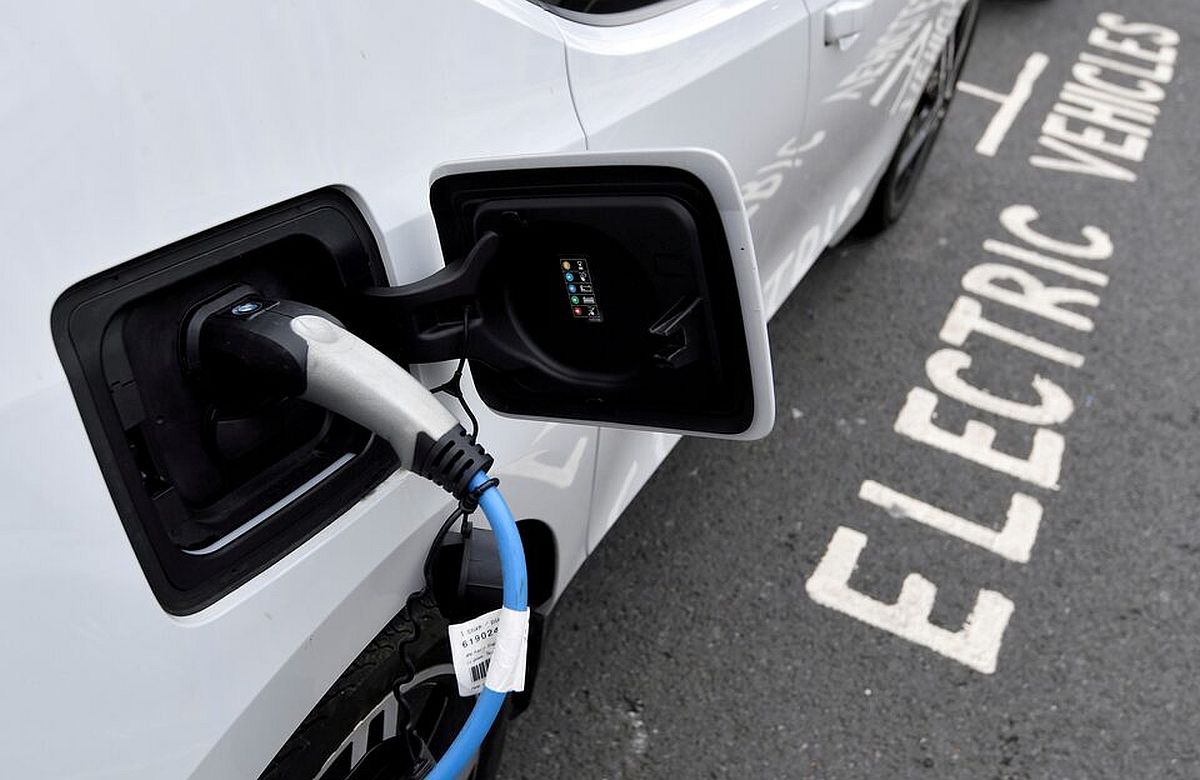
A Pioneering Path to Electrification
Norway has emerged as the undisputed global leader in electric vehicle (EV) adoption, transforming its automotive landscape into a near-zero-emission model. As of mid-2025, over 93% of new passenger car sales in the country are fully electric, with some months reaching as high as 97.7% market share for battery electric vehicles (BEVs). This milestone positions Norway on the verge of achieving its ambitious 2017 national goal: 100% zero-emission new car sales by the end of 2025, a decade ahead of the European Union’s 2035 target for phasing out carbon-emitting vehicles. Despite its vast oil and gas reserves contributing 24% to GDP, Norway’s commitment to sustainability—fueled by decades of consistent policy—has made it a blueprint for the world, reducing transport emissions by nearly one-third since 2019 and setting a precedent for other nations grappling with climate goals.
Impressive Statistics: From Niche to Norm
The numbers tell a compelling story of rapid transformation. In the first half of 2025, more than 90% of newly registered passenger cars were electric, a record high that surpasses the 88.9% achieved in 2024. Globally, EV sales reached 10.7 million units in 2025 so far, up 27% year-over-year, but Norway’s per capita adoption dwarfs competitors: EVs now comprise 28% of the total passenger car fleet, with Oslo boasting 40% electric vehicles on its roads. In contrast, China’s EV market share hovers around 50%, Europe’s at 23%, and the U.S. lags at under 10%. Norway’s success is evident in monthly peaks, such as July’s 97.2% EV share and June’s 96.9%, where Tesla’s Model Y alone outsold the next seven competitors combined. These figures not only highlight consumer preference but also underscore the economic viability, with the EV market projected to grow at a 17.09% CAGR through 2029, reaching $16.5 billion in volume.
The Power of Policy: Incentives That Stick
Norway’s EV revolution stems from a multifaceted policy arsenal introduced progressively since the 1990s, blending fiscal incentives with non-monetary perks to make electric driving irresistible. Key measures include full exemptions from the 25% value-added tax (VAT) and hefty purchase/import taxes—up to 150% on conventional cars—for EVs priced under 500,000 Norwegian kroner ($46,000 USD), effectively subsidizing purchases by tens of thousands of dollars. Additional benefits encompass free access to bus lanes since 2005, exemptions from tolls and ferry fees until 2017, and reduced parking costs, all of which alleviate urban congestion and daily expenses. Unlike direct subsidies, these “carrot-and-stick” approaches—high progressive taxes on emissions-heavy vehicles—have been sustained across governments, fostering consumer confidence without revenue loss, as polluter taxes fund EV perks. By 2025, while some incentives like full toll exemptions have phased out, the core framework endures, ensuring EVs remain cheaper than internal combustion engine (ICE) alternatives.
Beyond Cars: Infrastructure and Energy Backbone
Supporting this surge is Norway’s robust charging ecosystem and renewable energy grid, which mitigate common adoption barriers like range anxiety. As of May 2025, the country boasts 34,091 public charging points—23,625 AC and 10,466 DC—ensuring stations every 50 km on major roads, with new parking lots required to allocate 6% of spaces to EVs. Abundant hydropower, generating 98% of electricity, powers this network cleanly and affordably, making EV operation one-third the cost of gasoline. In remote areas like Finnmark north of the Arctic Circle, where winters bring weeks of darkness and avalanches close roads, fast chargers and home installations have enabled even rural adoption. This infrastructure, bolstered by national programs like chip-based access for reduced-cost charging, has turned EVs from urban novelties into everyday essentials, even for heavy-duty sectors where urban buses hit 72% electrification by late 2024.
Challenges Amid Triumph: Equity and Unintended Impacts
No transition is without hurdles, and Norway’s rapid EV uptake has revealed socioeconomic and logistical strains. High upfront costs, despite incentives, have disproportionately benefited wealthier households—many EVs serve as second cars—exacerbating inequality, as lower-income groups face barriers in apartment living without dedicated charging. Road wear from heavier EVs (up to 30% more than ICE vehicles) has accelerated infrastructure degradation, prompting higher annual traffic insurance taxes for EVs ($300 USD) versus petrol cars ($220 USD) since 2025. Unintended consequences include bus lane congestion in Oslo and revenue losses for ferry operators from exemptions, alongside a fragmented charging market that sometimes leaves rural or multi-unit residents underserved. As incentives taper—such as partial VAT on luxury EVs over $46,000—the government must address these to sustain momentum without alienating segments of society.
Global Lessons: Replicability and the Road Ahead
Norway’s model offers invaluable insights for nations like the U.S., where EV shares stall at 10%, or emerging markets eyeing electrification. Its success hinges on long-term policy consistency, absent a domestic auto lobby to resist change, and leveraging oil wealth for green investments—lessons for resource-rich countries like Saudi Arabia or Canada. Yet, replication demands adaptation: Norway’s small, affluent, hydro-powered population (5.5 million) contrasts with diverse, coal-dependent giants. Looking forward, post-2025 forecasts predict diesel and petrol shares at zero by 2026, with BEVs dominating 96.7% of registrations and the fleet fully electric by 2030. Plans extend to 100% electric city buses in 2025 and 75% renewable heavy-duty vehicles by decade’s end, alongside battery recycling hubs to curb mining demands. As global EV sales aim for 25% share in 2025, Norway’s journey—from 1% in 2010 to near-universal adoption—proves that bold, equitable policies can electrify not just roads, but futures.